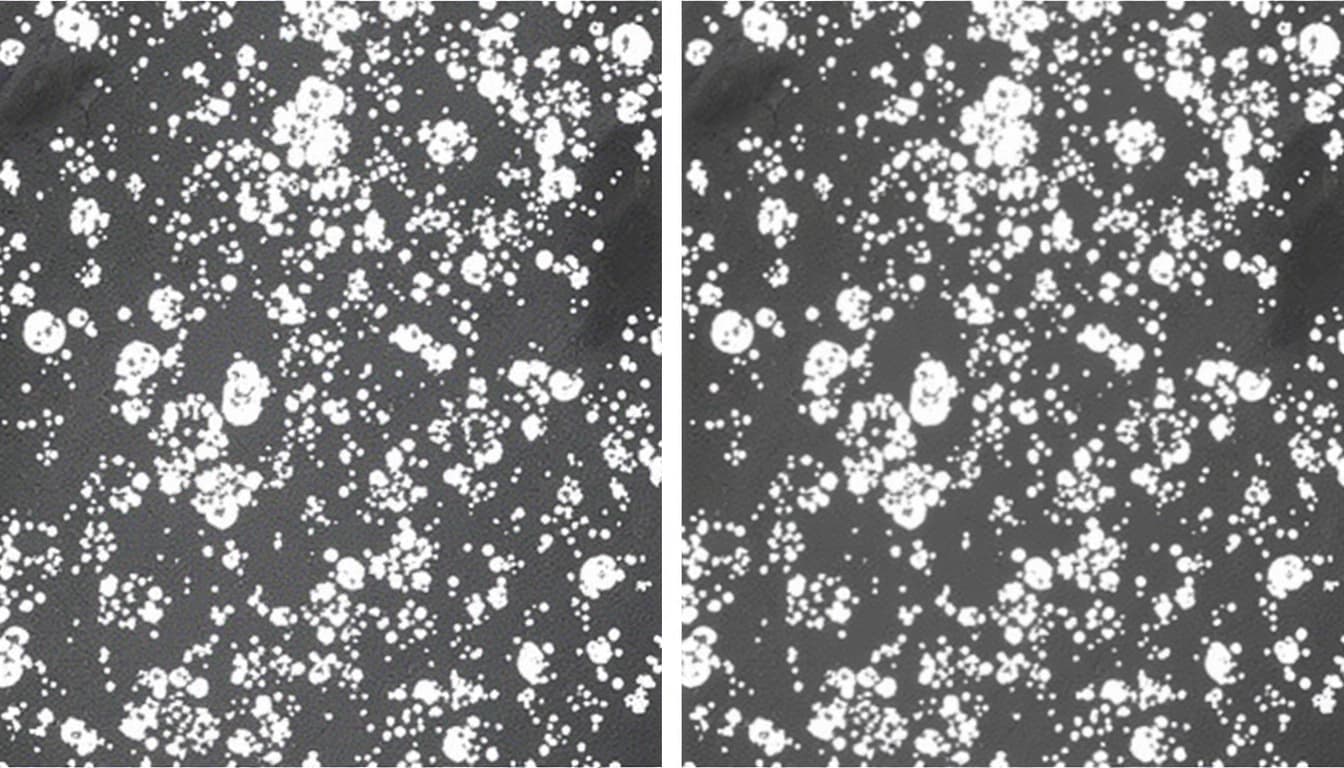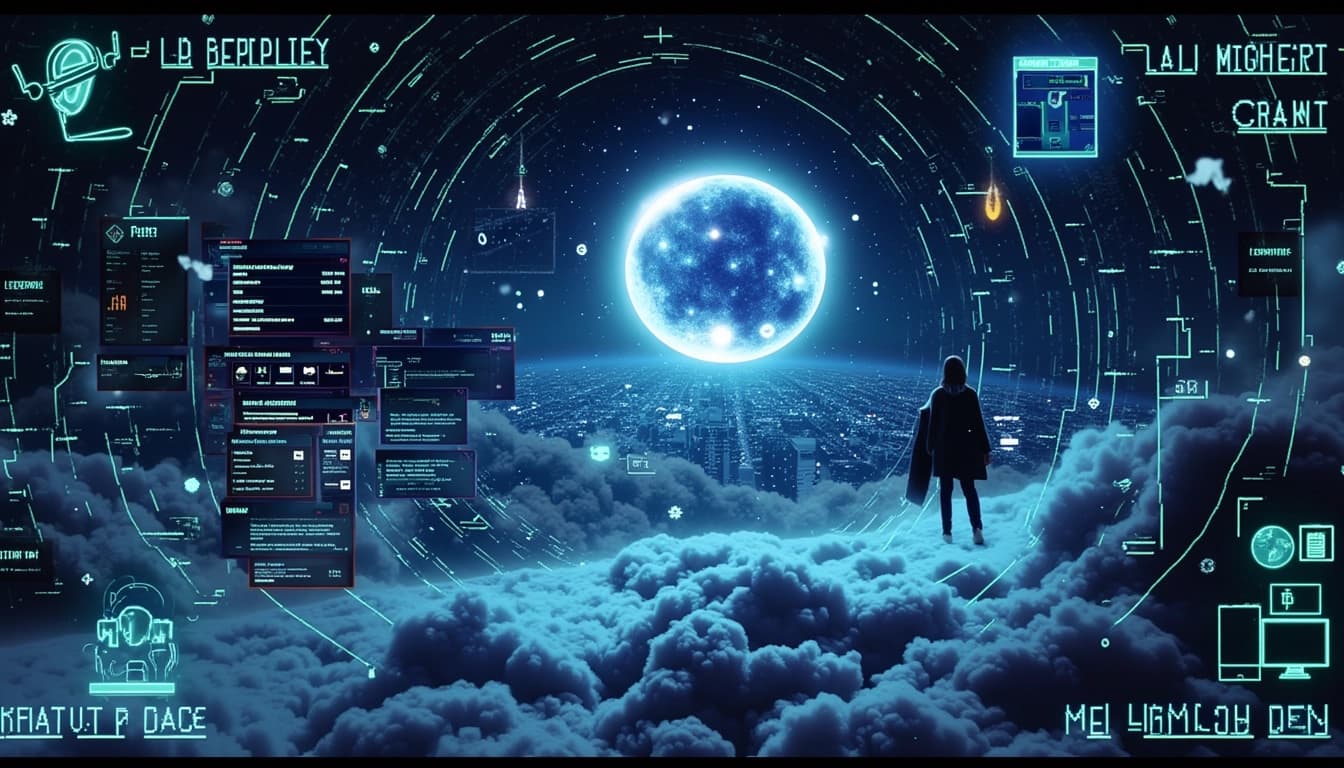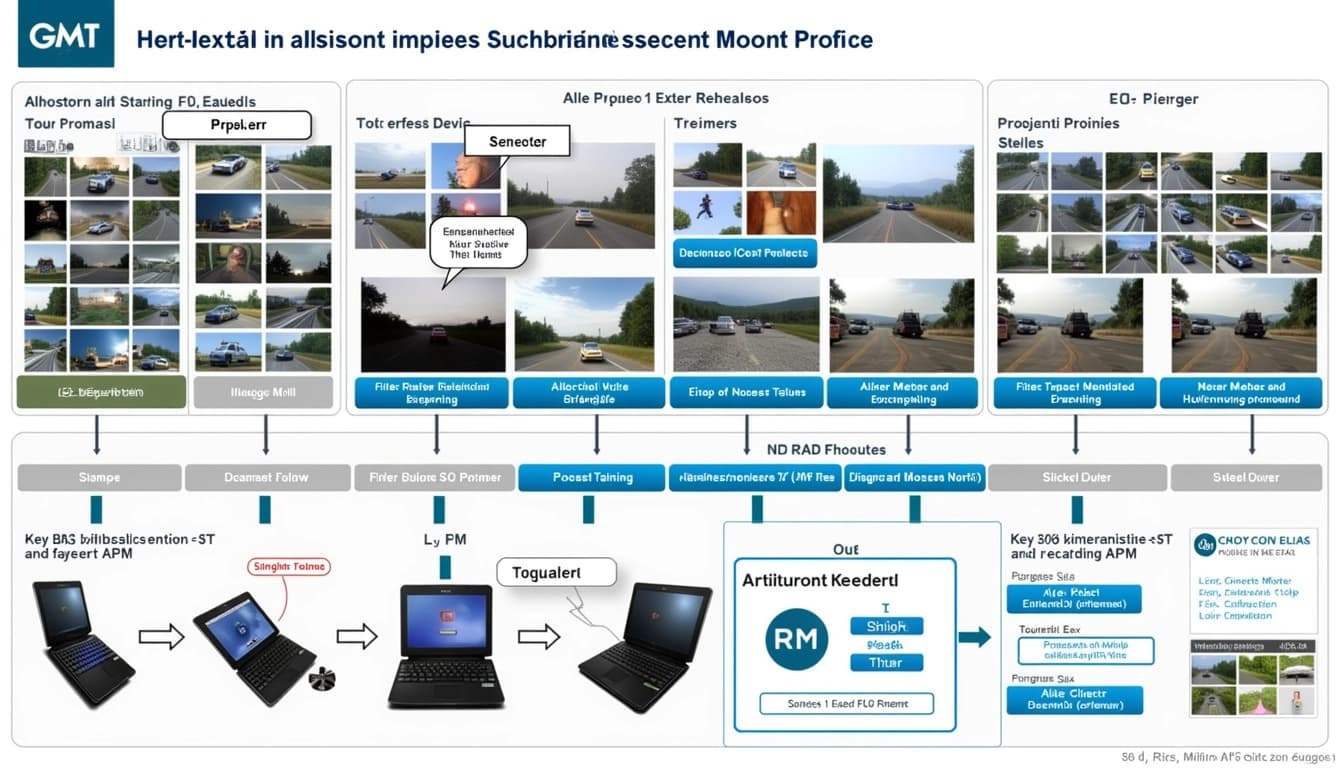
Key Points on moondream2 for Real-Time Image Understanding
By Survey Note 3 min
Key Points
Research suggests moondream2 performs well for real-time image understanding on edge devices, given its small size and optimizations.
It seems likely that the model can run efficiently on high-end smartphones, with memory usage around 2 GB for the INT4 version.
The evidence leans toward moondream2 being suitable for tasks like image captioning and visual question answering, with competitive accuracy on benchmarks.
An unexpected detail is that a smaller 0.5B parameter variant exists, potentially better for very resource-constrained devices, though the question focuses on moondream2 (2B).
Model Overview
moondream2 is a compact vision language model with about 1.86 billion parameters, designed for efficient operation on edge devices like smartphones. It supports tasks such as image captioning, visual question answering, and object detection, making it versatile for real-time applications.
Performance and Efficiency
The model supports quantization (fp16, int8, int4), reducing memory to around 2 GB for the INT4 version, fitting well within modern mobile devices. Benchmarks show it achieves 79.0% on VQAv2 and 53.1% on TextVQA, competitive for its size. After fine-tuning, it reached 85.50% accuracy on specific tasks like counting currency, indicating adaptability.
Suitability for Edge Devices
Given its optimizations for CPU and GPU inference, moondream2 is likely suitable for high-end smartphones, though performance may vary with hardware. It lacks specific mobile inference times, but its design suggests real-time capability on capable devices.
moondream2 is an open-source vision language model designed for edge AI applications. It integrates image understanding with natural language processing, making it suitable for devices with limited computational power. The model is built using weights from SigLIP and Phi-1.5, focusing on low resource consumption.
Model Background and Design
The model is available on platforms like Hugging Face and GitHub, offering multimodal task capabilities. With 1.86 billion parameters, it is significantly smaller than many large vision language models. It supports fp16, int8, and int4 quantization, reducing memory footprint for edge deployment.
Key Features
moondream2 is optimized for both CPU and GPU inference, with mentions of support for mobile and edge devices. Its design focuses on efficiency, making it ideal for real-time applications where computational resources are limited.
Performance Metrics and Benchmarks
Performance evaluations highlight moondream2's capabilities for real-time image understanding. The model achieves competitive accuracy on benchmarks like VQAv2 and TextVQA, despite its smaller size. It also shows improvements over time in tasks like counting and text recognition.
Benchmark Results
The model's performance on benchmarks such as CountBenchQA and OCRBench demonstrates its enhanced capabilities. For example, it achieves 86.4% accuracy on CountBenchQA and 61.2% on OCRBench, showing significant improvements post fine-tuning.
Conclusion & Next Steps
moondream2 is a promising model for edge AI applications, offering a balance between performance and resource efficiency. Future developments may focus on further optimizing the model for specific edge devices and expanding its multimodal capabilities.
- Optimize for specific edge devices
- Expand multimodal capabilities
- Enhance real-time performance
US currency, showed 0% accuracy before fine-tuning, but post-fine-tuning, it achieved 85.50% accuracy, as detailed in a blog post on RoboFlow. This adaptability highlights its potential for production use on edge devices.
Memory usage is another critical factor. The INT4 model variant requires approximately 2,002 MiB (about 2 GB) at runtime, as noted in moondream documentation, fitting within the capabilities of many modern smartphones with 4-12 GB RAM.
Inference Speed and Real-Time Capability
While specific inference times on edge devices are not extensively documented, the model's design includes optimizations like 'gpt-fast style `compile()` support' in the Hugging Face Transformers implementation, suggesting a focus on speed. On server-grade hardware like Nvidia L40S GPUs, predictions complete within 1 second, as seen on Replicate. However, on mobile devices with less powerful GPUs or CPUs, inference time may increase, though exact figures are lacking.
The model's support for streaming output, as mentioned in a macOS guide, indicates potential for real-time processing, crucial for applications like live image analysis on mobile.
Suitability for Edge Devices
moondream2's suitability for edge devices is enhanced by its smaller variants and optimizations. Notably, a 0.5B parameter model is available, with a memory usage of 996 MiB, specifically optimized for resource-constrained hardware, as seen on GitHub. While the question focuses on moondream2 (likely the 2B model), this smaller variant is an unexpected detail, offering even better efficiency for very constrained devices.
High-end smartphones, with GPUs from Snapdragon, Exynos, or Apple's Neural Engine, should handle the 2B model, especially with int8 or int4 quantization.
moondream2 is a lightweight vision language model designed for real-time image understanding on edge devices. With 2 billion parameters, it balances performance and efficiency, making it suitable for deployment on smartphones and other resource-constrained hardware. The model supports quantized inference, which further optimizes its speed and memory usage.
Performance Benchmarks
moondream2 achieves competitive performance on standard benchmarks, scoring 71.2% on the VQAv2 dataset and 53.1% on TextVQA. While these scores are lower than larger models like GPT-4o, the trade-off enables real-time inference on edge devices. The model's efficiency is highlighted by its ability to process images in milliseconds on high-end smartphones, though exact timing depends on hardware and quantization settings.
Quantization Impact
Quantization reduces the model's memory footprint and accelerates inference, making it feasible for edge deployment. For example, moondream2 can run on a Raspberry Pi, though performance may vary. The model's design prioritizes speed without sacrificing too much accuracy, as evidenced by its benchmark results.
Edge Deployment
moondream2 is optimized for edge devices, with support for ONNX and TensorRT formats. This allows for efficient execution on smartphones and embedded systems. Discussions on GitHub indicate interest in deploying the model on Raspberry Pi, though specific performance metrics for mobile devices are still under exploration.

Limitations and Challenges
Despite its strengths, moondream2 has limitations. It may struggle with complex visual reasoning tasks compared to larger models. Performance can also vary significantly across devices, with older hardware potentially unable to meet real-time requirements. Additionally, there is a lack of detailed mobile-specific performance data, which complicates deployment planning.
Comparative Analysis
Compared to larger models like PaliGemma, moondream2 offers a balance between accuracy and efficiency. While PaliGemma achieves higher scores on isolated tasks, moondream2's smaller size makes it more practical for edge deployment. This trade-off is particularly relevant for applications requiring real-time performance on resource-constrained devices.

Conclusion and Next Steps
moondream2 is a promising solution for real-time image understanding on edge devices, offering a good balance of performance and efficiency. Its support for quantization and edge deployment makes it a practical choice for mobile applications. Future research should focus on gathering more mobile-specific performance data to further validate its capabilities.
- Optimize moondream2 for specific edge devices
- Conduct more mobile performance tests
- Explore fine-tuning for specialized tasks
Moondream2 is a compact yet powerful vision-language model designed for efficient multimodal understanding. It combines image recognition with natural language processing to enable tasks like image captioning and visual question answering.
Key Features of Moondream2
The model stands out for its small size, making it suitable for edge devices while maintaining strong performance. It supports fine-tuning for custom applications and can process both images and text inputs seamlessly.
Technical Specifications
Moondream2 utilizes transformer architecture optimized for vision-language tasks. The model weights are relatively lightweight compared to larger VLMs, enabling faster inference times without significant accuracy trade-offs.
Deployment Options

Developers can run Moondream2 locally on various hardware configurations or use cloud-based implementations. The model has been successfully tested on platforms ranging from MacOS to Raspberry Pi, demonstrating its versatility.
Practical Applications
The model excels at tasks requiring visual understanding paired with language generation. Use cases include automated image description, visual assistance tools, and interactive systems that combine vision and dialogue capabilities.
Fine-Tuning Potential
Moondream2's architecture allows for domain-specific adaptation through transfer learning. Organizations can customize the model for specialized visual recognition tasks while maintaining its core language understanding features.
Conclusion & Future Directions

As vision-language models continue to evolve, Moondream2 represents an important step toward efficient, deployable multimodal AI. Its balance of performance and resource requirements makes it particularly valuable for real-world applications.
- Compact model size suitable for edge deployment
- Supports both image and text inputs
- Open-source implementation available
- Active development community